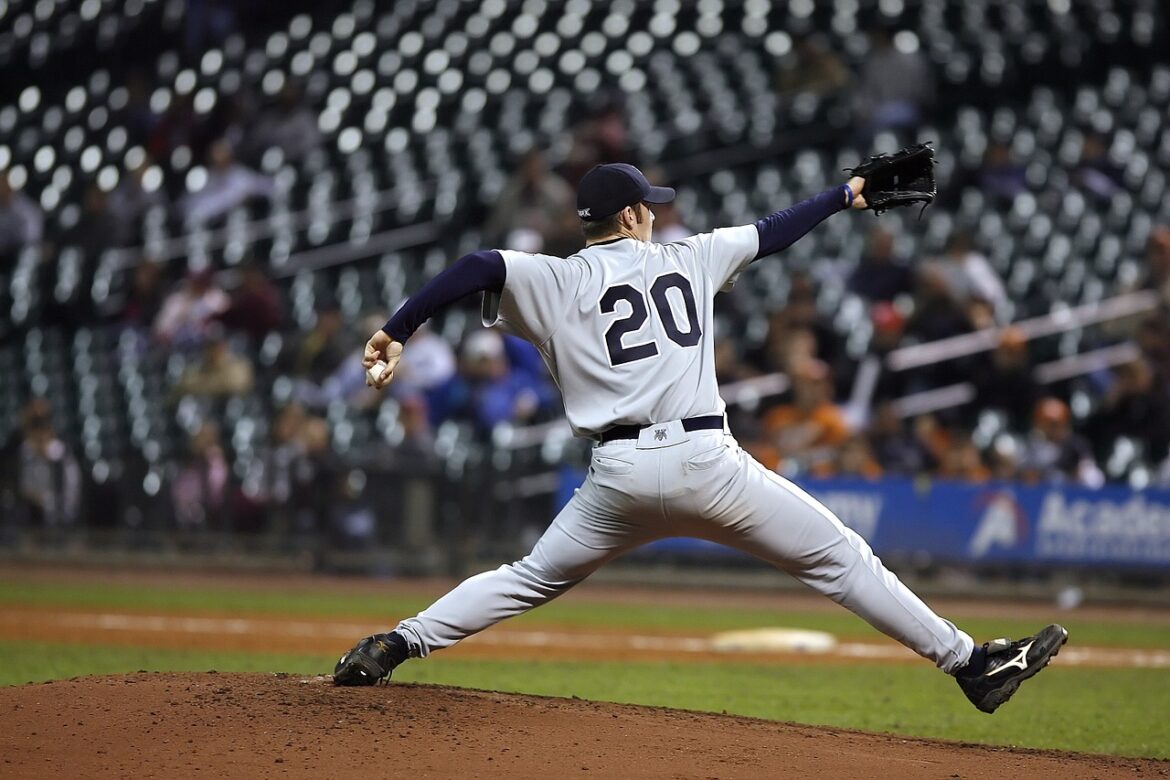How important is pitching video analysis?
First, let me start by saying I feel slow motion video analysis is a must in evaluating the pitching mechanics in any player. The ability of a coach whether trained and experiences or not to pick up possible flaws that may lead to injury is virtually impossible. The naked eye is incapable of identifying nuance throughout the delivery in real time. As coaches, we should take advantage of the technology and science that is now a part of the game.
Video allows the coach to slow down or stop the kinematic sequence to identify mechanical insufficiencies, altered posture, poor transfer of energy, lack of flexibility, and/or lack of strength and stability which can result in poor performance, increased risk of injury, and failure to reach full potential. In some cases, video can be a great learning tool to the player if they are visually dominant learners. This does not apply to every situation, and at times video reinforcement is over-utilized, creating more dependence than the independence of the player to feel, identify, and correct dysfunctions on their own.
Video can be cataloged over time and compared if there is a sudden change in performance or injury. I feel it is a useful tool to aid in developing a training program in season and off-season or influencing rehab if an injury has occurred. Of course, depending on the level of play you may or may not have access to certain trained individuals such as athletic trainer, pitching coaches, strength and conditioning coaches, and/or medically trained personnel such as a physical therapist. If your player is suffering from chronic arm issues throughout the season, it may be beneficial to seek out and communicate with a team of people with expertise to put all the pieces together for a successful, healthy season.
As a caution video shoulder not be used to apply a “cookie” cutter approach to pitching. Every player has their throwing signature influenced by many factors. These factors may be age, physical development, experience, mobility, flexibility, stability, and intellect to name a few. Players shouldn’t use video to try and copy or mimic a professional player because of past or present success. What works for them may not work or even be safe for you. A trained coach should use video analysis and assess each player individually. The video may or may not be shown to the player directly depending on the make-up of the player and how he interprets and applies information.
Video assessment is one of many tools used in the successful development of a player if applied appropriately. Technology and science should be used to assist in protecting players at all levels against injury, promote healthy training strategies, the further development of improving the game, and understanding proper movement in the delivery when throwing a baseball. My advice is to seek out someone who has experience in analyzing video, understands the proper kinetic sequence, transfer of energy, injury prevention, with game and training expertise.

